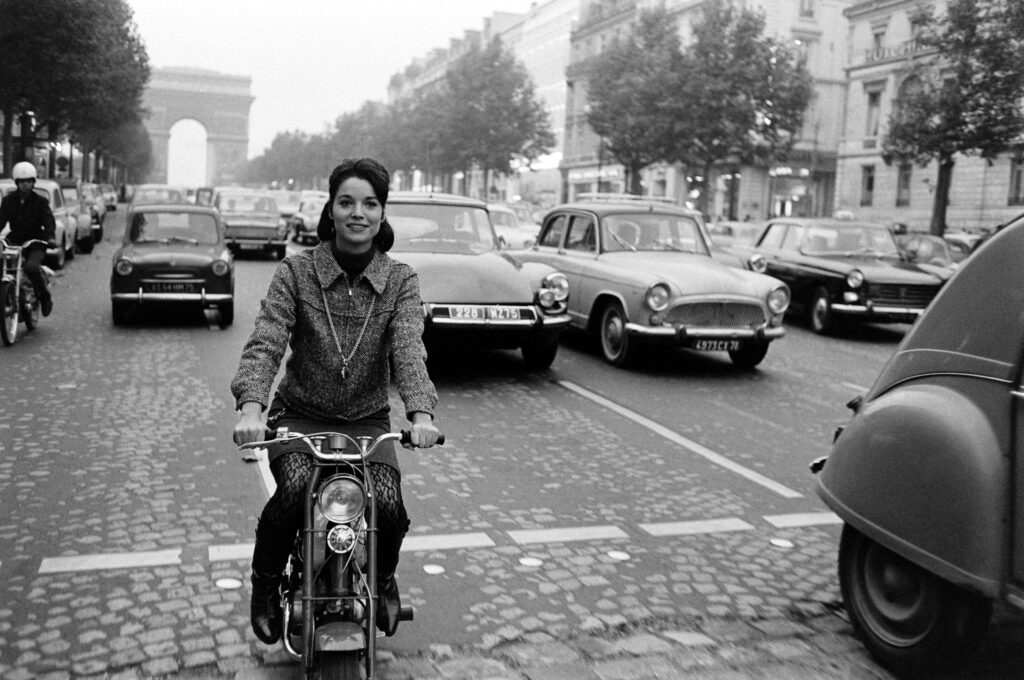On July 31, 1948, a Boulder man crossed over South Boulder Creek, a distance of 635 ft., on a tightrope. It wasn’t new for him: the man had crossed this canyon more than 80 times in 40 years. What set this walk apart from the rest was his age: July 31, 1948, was Ivy Baldwin’s 82nd birthday. (That, and the installation of a lower wire at 125 ft. rather than his usual 582 ft., at the insistence of his daughter.)
Born William Ivy in Houston, Texas, in 1866, Baldwin adopted his last name from a pair of daredevil brothers he performed with as a young man. Hooked on tightrope walking after a childhood sighting of an impressive wire-walker, Baldwin left home as a young teenager to join a traveling circus. He developed a repertoire of stunts that included parachuting out of hot air balloons and diving off of impossibly high towers. He was also a pioneering aviator, and the first to fly a plane in the state of Nevada, in 1910.
But he is best remembered, in Colorado lore, for his repeated crossings of South Boulder Creek, clad in cloth slippers and carrying a 26-ft. pole for balance. Some attempts nearly took his life, as on one occasion during which unexpectedly persistent gusts of wind forced him to hang from his knees for over an hour. When he finally retired at 82, after the walk photographed by LIFE’s John Florea, it came at the insistence of his family. Baldwin, as befits one who made his fame by walking, would have been happy to keep going.
Liz Ronk edited this gallery for LIFE.com. Follow her on Twitter @lizabethronk.

82-year-old tightrope walker Ivy Baldwin rests on a rock at Boulder Dam, Colorado, 1948.
John Florea The LIFE Picture Collection/Shutterstock

Baldwin gingerly begins to walk on a tightrope at Boulder Dam, Colorado, 1948.
John Florea The LIFE Picture Collection/Shutterstock

Baldwin makes his way across Boulder Dam, 1948.
John Florea The LIFE Picture Collection/Shutterstock

Baldwin appears suspended in air as spectators watch from below, 1948.
John Florea The LIFE Picture Collection/Shutterstock

Baldwin makes his way to the other side of Boulder Dam, 1948.
John Florea The LIFE Picture Collection/Shutterstock

Young fans greet Baldwin after his feat, 1948.
John Florea The LIFE Picture Collection/Shutterstock

Baldwin talks to the press at Boulder Dam, Colorado, 1948.
John Florea The LIFE Picture Collection/Shutterstock

Fans present Baldwin with a celebratory cake, 1948.
John Florea The LIFE Picture Collection/Shutterstock

Baldwin looks out across Boulder Dam, 1948.
John Florea The LIFE Picture Collection/Shutterstock











































































